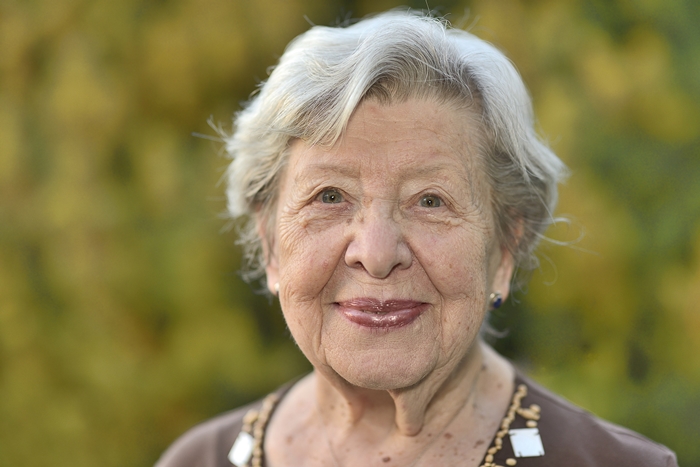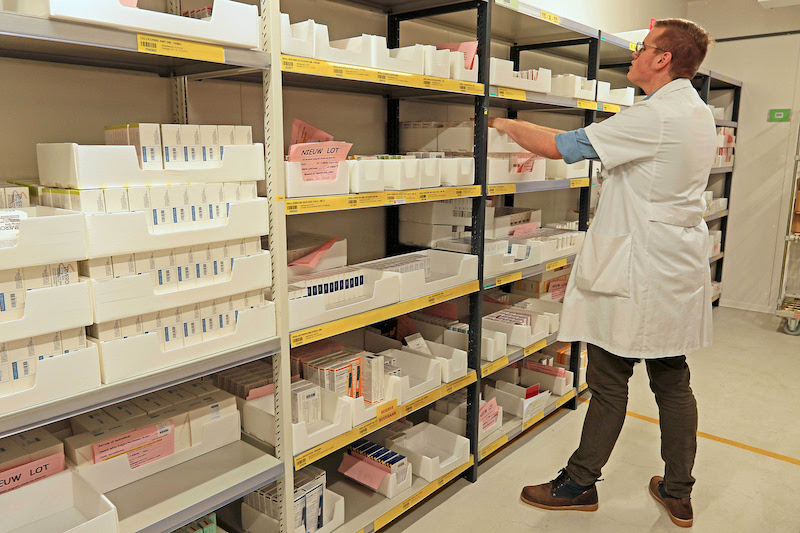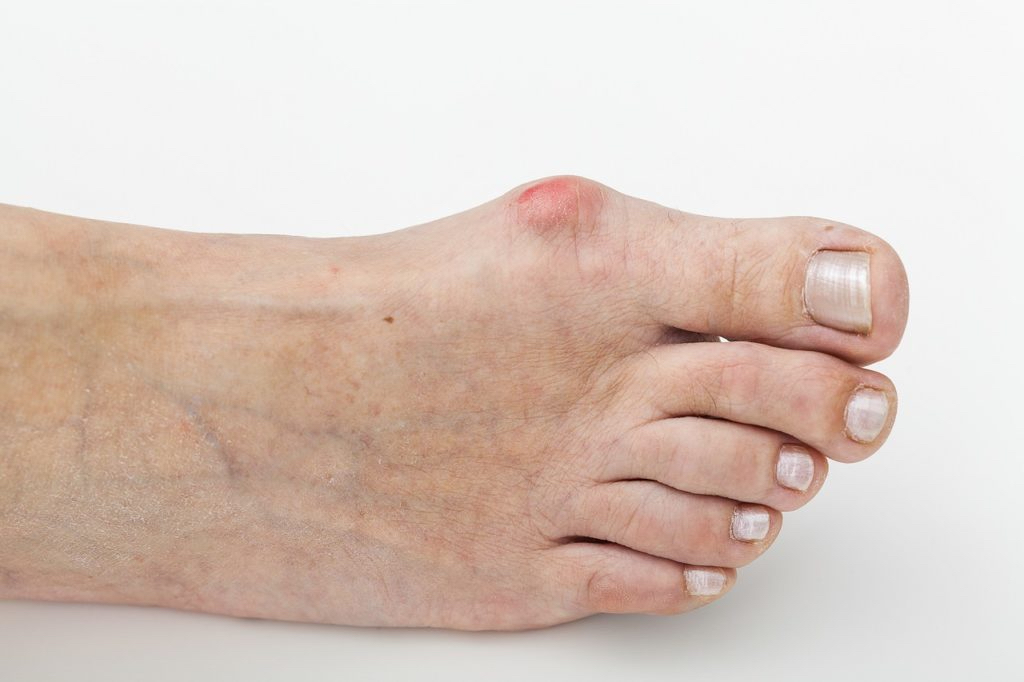
Meniscus tear and knee osteoarthritis, bad combination?
If an osteoarthritis is combined to a meniscus tear, recovery of the knee is not achieved. When the meniscus is torn, an arthrosis which already existed and had remained hidden until now is revealed.
When the meniscus which acts as a protector breaks, acute pain is felt due to the meniscal remains that block the knee. If the pain is intense an arthroscopy must be performed to remove the broken fragments of the meniscus, clean the joint and infiltrate hyaluronic acid and platelet factors that help recovery.
Over the years, the extra kilos and associated osteoarthritis in the patient, make the recovery longer and harder. As well as involving other complications such as residual pain, synovitis, progression of osteoarthritis. It must be kept in mind that osteoarthritis is no longer cushioned by the meniscus and therefore symptoms start to show.
Slow and progressive postoperative recovery
The evolution on the recovery after this type of injury is variable. A third of them can lead into a bad recovery with an acceleration of osteoarthritis and the pateint can end needing a knee prosthesis.
With the current therapies of joint infiltrations using hyaluronic acid and platelet factors, this evolution can be improved by trying to slow the progression of osteoarthritis, as well as improve postsurgical results. Postoperative infiltrations may be necessary.
Sometimes, if the knee is badly damaged, it is recommended to directly perform surgery to implant a prosthesis or try a palliative treatment with infiltrations with platelet factors.
The specialist would have to analyze and decide on each case, to inform the patient of the different therapeutic possibilities and what would be the most convenient procedure for them. Making a joint decision according to the needs and wishes of the patient is the best option.
Heat should never be used on the knee after an injury or recent surgery, it could increase the pain and synovial effusion.
Decrease knee discomfort
To reduce the physical discomfort or pain felt before post-traumatic or arthritic pain appears, it is recommended to use ice or cold on the area . This will act as a vasoconstrictor (closes the arterioles), helping reduce synovial joint effusion (ideal to improve inflamed knees) and also the formation of bruises.
As a general rule for daily application of cold in the knee:
-In the morning, after sleeping, it is not necessary to apply cold. If the knee is a little stiff, a warm towel should be used for 5 minutes to improve mobility. Before getting up, it is advisable to move the knee a little.
-In the afternoon: apply cold for 10 minutes
-At the night, before sleeping: apply cold for 10 minutes
-After performing physical exercise: walking, rehabilitation, work: apply cold for 10 minutes
On the other hand, the heat produces increased vascularization of the tissues as well as relaxation and distension of the same. It can be used in muscle contractions (lumbago, back pain, torticollis) and to improve the initial movement of a rigid joint.
Knee Surgery Unit and Sports Traumatology
Vithas International hospital MEDIMAR in Alicante




